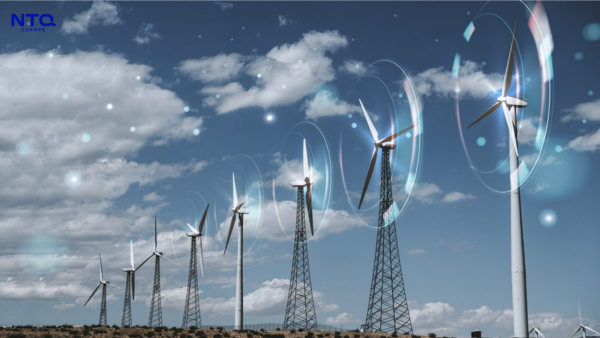A Smart Grid That Can’t See Isn’t Smart
The utility sector has advanced significantly in the last ten years. Analog meters are being phased out. SCADA systems now provide real-time updates from generation to distribution. Sensors track everything from voltage to pipeline pressure. At a glance, we’re living in a fully connected energy future.
However, a different picture appears when you move from theory to the control room.

Systems don’t always sync. Some assets send updates by the second, others once a day. Newer tools can’t always interpret legacy data. And when something goes wrong (an outage or a sudden load spike) it’s not unusual for operators to work with gaps, delays, or incomplete context.
That’s the irony. We call it a “smart grid,” but the intelligence gets lost in translation without clear, consistent insight into what’s happening across the system.
Many grids operate with utility infrastructure monitoring tools added in layers over time, each with its protocols, data formats, and dashboards. Legacy software still controls key subsystems, while newer platforms can’t always access or interpret older data. The result is a patchwork of visibility: some nodes are monitored down to the second, others once per hour. Some locations send complete diagnostics, others alert when there’s a fault.
This inconsistency makes it nearly impossible to operate proactively, and it means decision-makers often react based on partial truths.
What Poor Visibility Really Costs
When energy data flows slowly or incompletely, the system loses its ability to adapt.
Maintenance becomes reactive instead of predictive. Outages take longer to diagnose. Load balancing becomes inefficient. Worst of all, early warning signs of overloads, inefficiencies, or cybersecurity anomalies are missed entirely.

These gaps don’t just affect engineers. They ripple through the business. Finance teams struggle to forecast accurately. Regulatory reports become a scramble. Customer support has to explain delays with limited insight. This is how energy data visibility turns from a technical challenge into an organizational bottleneck.
The Hidden Problem of Fragmentation
One key reason visibility is still a problem is that energy data lives in silos. Metering systems, billing platforms, grid sensors, and field inspection apps all collect valuable data, but rarely in ways that align.
This is a textbook case of energy system data fragmentation. Each department, region, or generation type (solar, wind, gas) might have tools, vendors, or reporting cycles. And without a unified data layer or governance model, cross-system insight remains elusive.
Even when data is available, it’s often trapped in outdated formats (CSV exports, static PDFs, legacy databases), making real-time analytics impossible.
When Small Gaps Become Big Problems
Lack of visibility doesn’t just show up in dashboards, it plays out in real operations every day.
A dispatcher gets a call about an outage, but has no real-time view to confirm it.
An asset manager wants to spot early signs of equipment wear, but the data isn’t detailed, or arrives too late.
Forecasting teams plan loads based more on patterns and guesswork than on actual demand signals.
These issues may seem minor, but over time, they compound. Decisions get slower. Teams become reactive. Opportunities like rerouting loads before a spike or scheduling maintenance before breakdowns get missed.
That’s the real cost of poor energy data visibility – not just inefficiencies but lost opportunities to run smarter, prevent problems early, and reduce waste. These aren’t system bugs; they’re systemic blind spots. And they’re precisely what holds utilities back from evolving into knowledgeable networks.
What We’ve Helped Utilities Fix at NTQ Europe
We’ve worked with energy providers across Europe who knew what data they had but did not know how to unlock its full value.

Sometimes the problem was infrastructure: sensors were installed but not calibrated, or network congestion slowed reporting. Sometimes it was architectural: systems lacked a shared data model, making integration a nightmare. The root issue was often cultural: teams weren’t aligned around how data should flow, who owned it, or what insights were most critical.
We helped these organizations build middleware that connected old systems with new dashboards, standardized data across devices and regions, and, most importantly, gave operators a unified view of what mattered so they could respond faster and with more confidence.
Energy data visibility isn’t just about sensors; it’s about empowering the people who run the grid to see clearly, act decisively, and plan ahead.



















